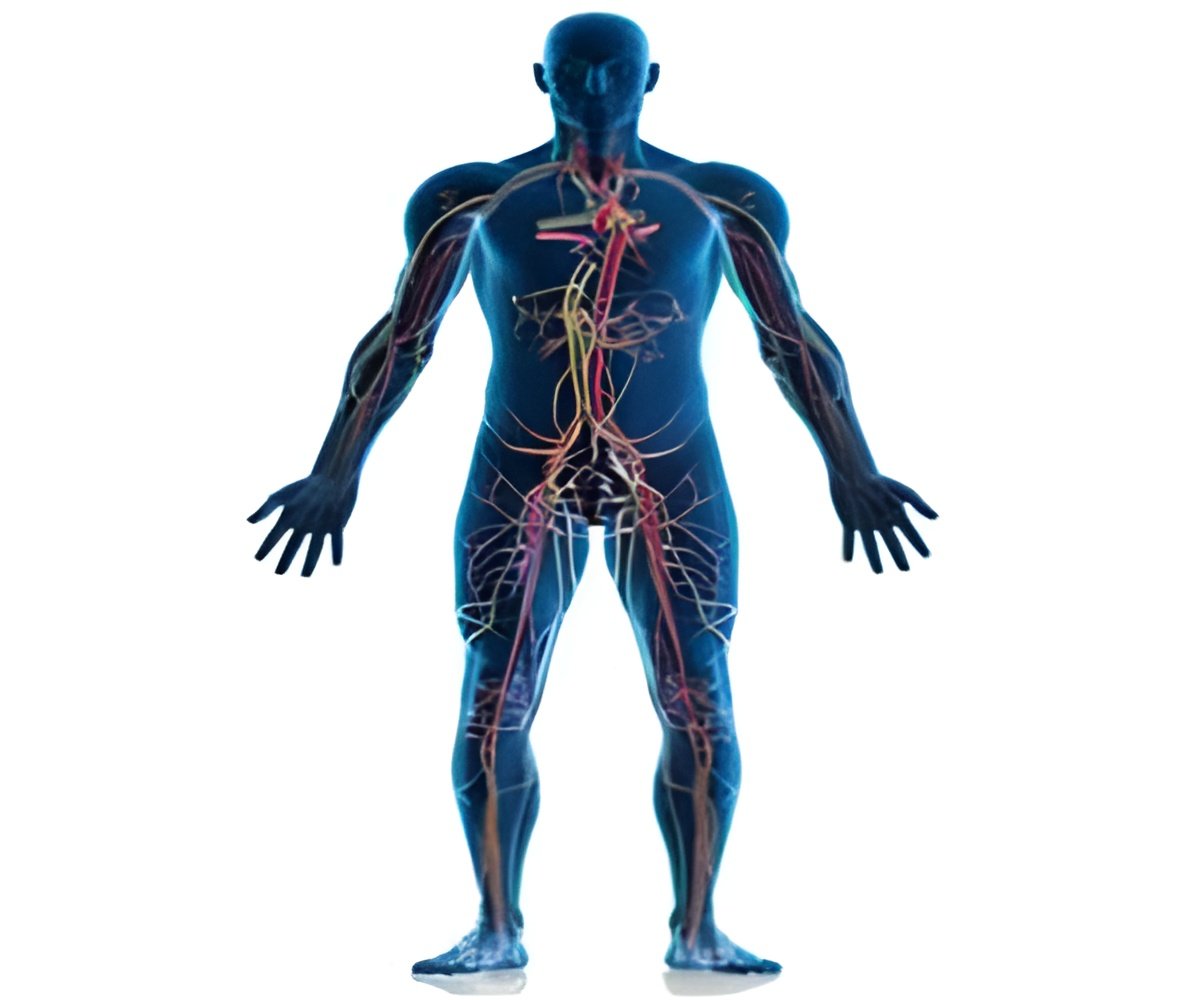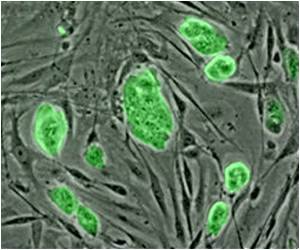For recording compound nerve action potentials, the distance between the two electrode tips can greatly influence the parameters used.

Compound nerve action potentials could be consistently recorded using a method in which the middle part of the median nerve was intact, with both ends dissociated from the surrounding fascia and a ground wire inserted into the muscle close to the intact part. A distance of 5 mm between recording and stimulating electrodes and a distance of 10 mm between recording and stimulating sites were found to be optimal for compound nerve action potential recording in the rat median nerve.
In addition, the orthodromic compound action potential, with a biphasic waveform that was more stable and displayed less interference (however also required a higher threshold and higher supramaximal stimulus), was found to be superior to the antidromic compound action potential.
Source-Eurekalert











